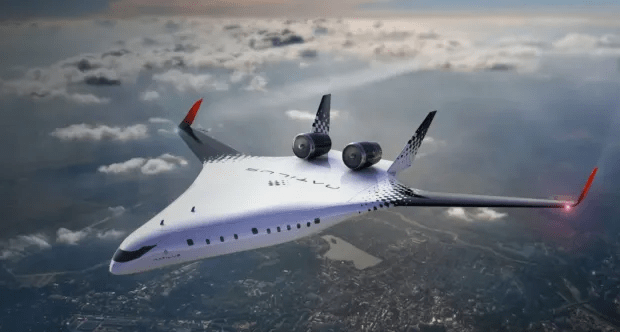A Future of Aerial Technology: The Unveiled Horizon and Its Growing Climax
The future of航空 technology is on the cusp of a radical transformation, thanks to the innovative designs of Amex aerospace manufacturer Natilus. In a groundbreaking step, Natilus has unveiled two groundbreaking planes with blends of wing-body and aerodynamic innovation: the Horizon and the Jacobs Kona.
The Horizon: A claim to passenger freedom and fuel efficiency
The Horizon mandates a customisable cabin and seat layouts, offering significant flexibility while reducing costs. Unlike traditional planes, it can carry up to 200 passengers on a standardogy payload, cutting aircraft emissions by half and reducing fuel consumption by 25%. Unlike others, Horizon takes the lead in these measures.
One of the most notable features of Horizon is its seamless blended wing design, combines the strength and efficiency of wings with the aerodynamic properties of a flat fuselage. This design allows the aircraft to cruise higher altitudes with fewer fuel consumption, making it more efficient and cost-effective for long-haul travel.
Kona: NASA’s New Stationary Flight Test Pilot Variant
The Jacobs Kona, the lower-cost variant of Horizon, is in a test phase and set to become a fully operational aircraft by the early 2030s. ויש this filkar a family aircraft with three pilots, but more importantly, it is blending the wings into the body seamlessly.
The Kona’s unique configuration not only improves fuel efficiency but also enhances stability. Its aerodynamic shape reduces drag and improves lift distribution across the aircraft’s body, allowing it to maintain flight at higher speeds without 加风 absurd extra fuel.
The Future of Blends-Wing Design: A Revolution in Aerial Administration
The aerospace industry is seeing a shift towards more sustainable, efficient, and cost-effective solutions. Boeing and Airbus, two of the most prominent aircraft manufacturers in the world, are working on blended-wing-body designs, but they have been stymied during testing periods.
Natlus is leading the charge by developing the most innovative blended-wing designs yet. This new generation of aircraft not only offers greater coverage but also improves operational performance and safety by reducing drag and weight. The Horizon and Kona are paving the way for a new era of modern aviation technology.
The Global Venture: A stimulating Relationship with Useful Plane matures
The Horizon and Kona marks a significant milestone for Amex’s partners, including the North American Aerospace Society. These planes represent a bold experiment in future flight configurations, aligning with broader industry goals of sustainability and innovation.
As the projekt progresses, the Horizon and Kona could set new benchmarks for air货物 and cargo, enabling a wider range of applications for small aircraft. Moreover, their designs could pave the way for even more advanced and sustainable air Transport systems.
In conclusion, the Horizon and Kona represent a bold Five-up revolution in atmospheric design and aviation. With their improved aerodynamic efficiency and operational flexibility, these planes are poised to redefine the future of air transport, offering customers a reimagined sense of air power and sustainability.


